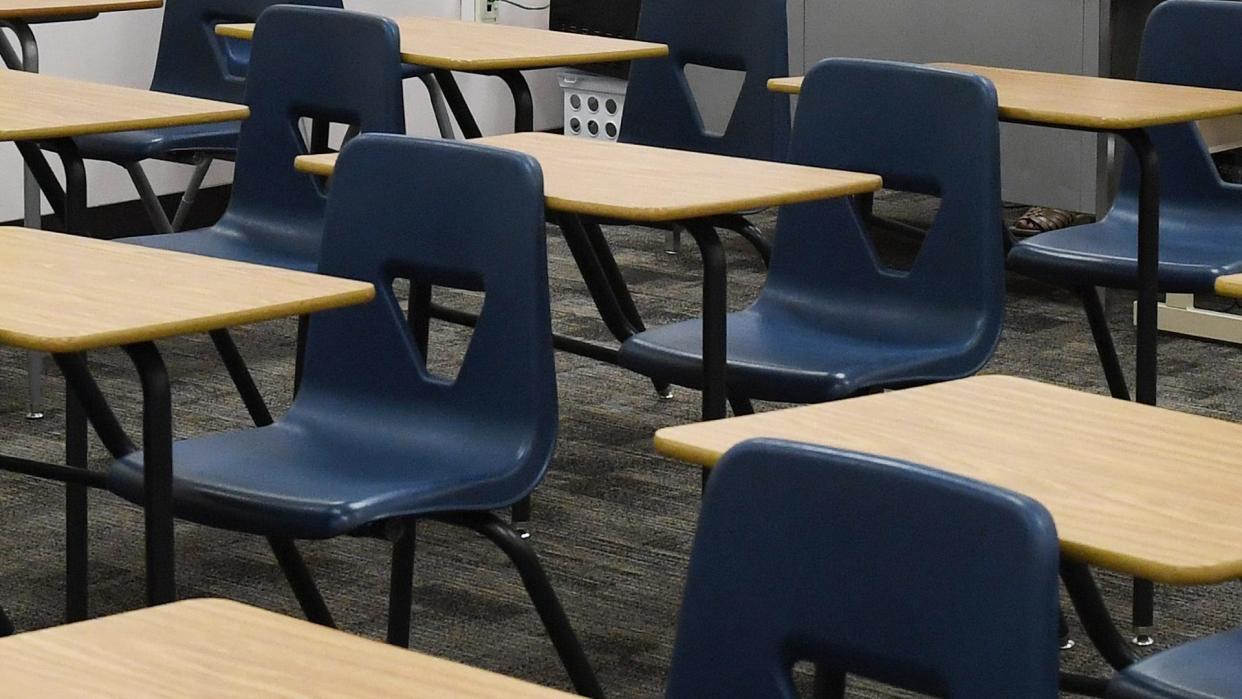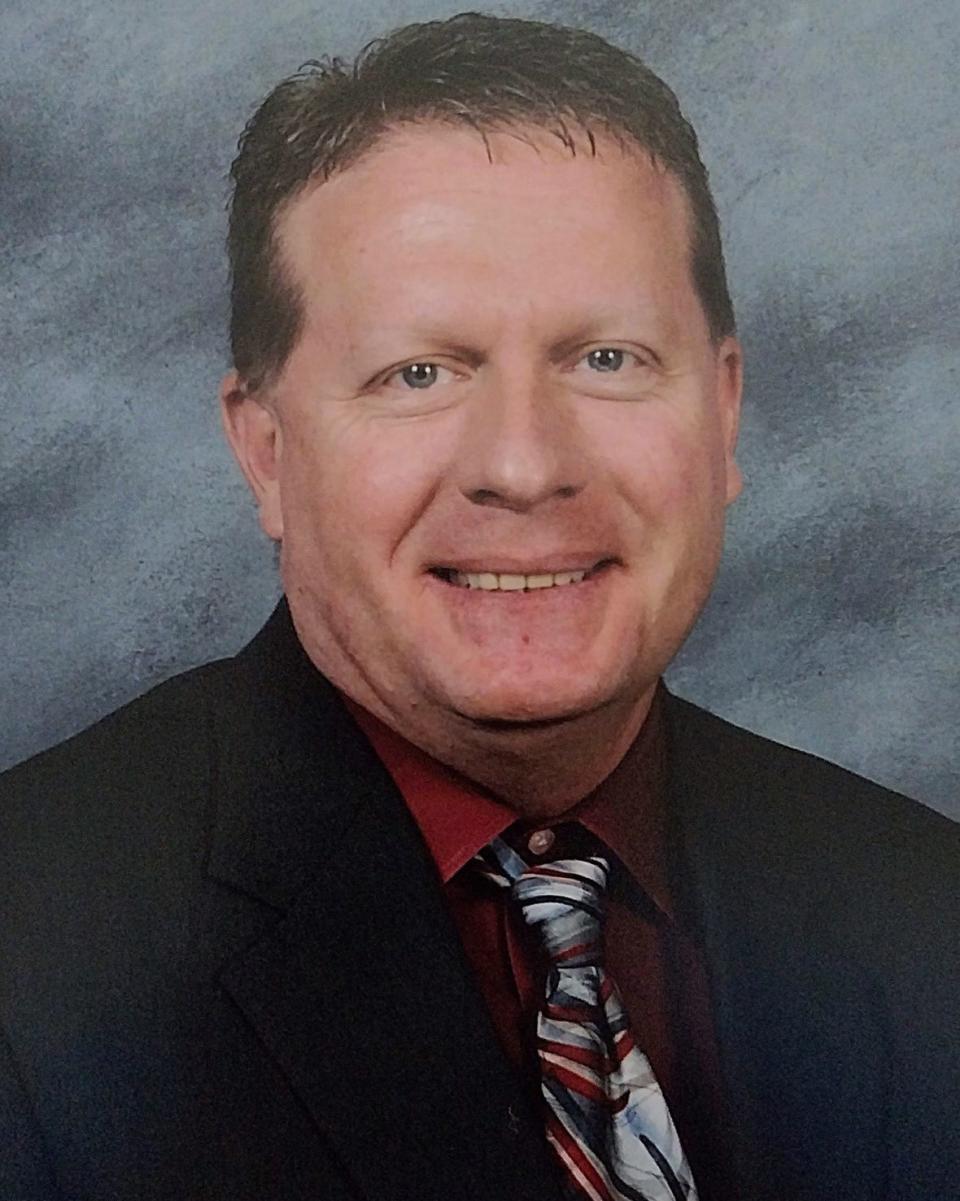Education will continue to lag behind if serious investments aren’t made

As a lifelong educator and superintendent of Warner Public Schools, I have seen firsthand how a strong commitment to public education can make a difference in our community and children.
With a town population of 1,600, we have worked tirelessly to provide our students with one of the highest-rated school districts in Oklahoma. In fact, Warner Public Schools has been designated as an A school on 10 of our last 14 combined state school report cards. Our small-but-mighty graduating class of 54 saw 10 students named to the Oklahoma Academic Scholar program.
Our school is the heart of the community — and it takes a village to achieve these academic results. We’ve had teachers come out of retirement for less money to lead reading programs. The town’s fire department covered the cost for our girls basketball team to travel to the state tournament. Our churches regularly make team meals for our athletes.
Our community’s support has helped to make up for our lack of resources, but that can only go so far.
Like all Oklahomans, we have seen the impact of inflation on our gas pumps, utility payments and grocery bills. Our school is paying $20,000 more for fuel than we were two years ago. In that same time span, we’ve seen our annual electricity, gas and water bills increase by a combined $50,000. A new school bus costs $20,000 more than it did before the pandemic. Textbooks, which the state requires us to purchase, cost $50,000 more than the state allocation. The list goes on and on.
This reality is faced by many rural school districts in Oklahoma. Even though we demonstrate strong academic performance and student success, operational costs continue to mount and force difficult financial decisions each day.
Oklahoma ranks last in our region in per-pupil investment. In fact, we’re so far behind our neighboring states that even with the proposed $500 million increase in public education funding, we would still be last.
Meanwhile, our surrounding states are widening that gap even more by making significant investments into their students and schools. Arkansas just passed legislation to pay teachers a minimum of $50,000. Kansas invests over 25% more per student than Oklahoma. Our educators have been heading south to Texas for the past several years because of its attractive incentives and higher pay.
Like these other states, Oklahoma lawmakers also have an opportunity to provide a significant investment into Oklahoma’s future. Instead of focusing on a tax credit/voucher system, I urge legislators to consider an ambitious and comprehensive approach that focuses on competitive teacher salaries, increases to operational funding and better equipping schools to serve students and families of all economic backgrounds. We need policies that provide the very best opportunities for Oklahoma’s 700,000 public school students and financial stability for the schools that teach them.
Oklahoma kids deserve the level of investment that students in Arkansas, Kansas and Texas have been given in recent years. It’s time for Oklahoma to become a leader of education in the region, rather than continue to lag behind.

David Vinson is superintendent of Warner Public Schools. He is a member of the Organization of Oklahoma Rural Schools.
This article originally appeared on Oklahoman: Education will continue to lag behind without serious investments

